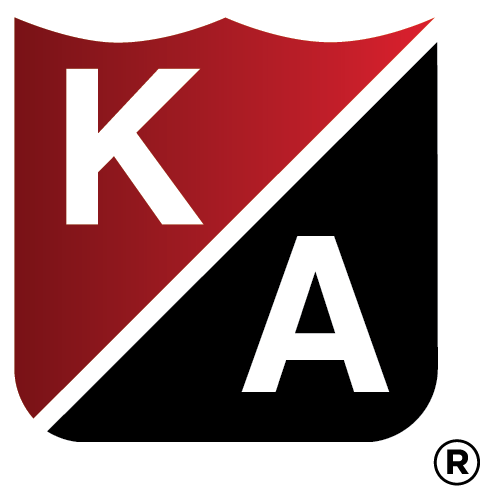Most General Liability policies include some form of pollution exclusion. The most widely used General Liability coverage form, ISO GL (CG 00 01 12 07), contains a rather long and confusing pollution exclusion. It’s also common for carriers to add a “total pollution exclusion” endorsement to policies, which broadens the exclusionary wording. To complicate matters further, the definition of what is considered a “pollutant” can be ambiguous, especially when you factor in the difference in legal jurisdictions where claims could occur.
In the construction industry, most insureds are aware of this exclusion. Thus, the prevalence of Contractors Pollution Liability (CPL) policies has increased dramatically over the last 10-15 years, with this coverage commonly required in contractor agreements. This added coverage and peace of mind is great news for the construction industry, but what about pollution incidents for manufacturers and distributors?
Pollution Liability for Manufacturers and Distributors
CPL policies are triggered by contractors performing their work (defined in most policies by “your work”). Since manufacturers and distributors are not actually performing any contracting work, a CPL policy may not trigger in the event of a pollution incident. That’s where a Products Pollution policy comes in.
Products pollution policies are intended to provide coverage for third-party bodily injury, property damage and clean-up costs for pollution conditions caused by the failure of the insured’s product. Most policies are structured to potentially provide sudden, accidental and gradual pollution coverage.1
Who Should Consider a Products Pollution Policy?
Most businesses should ask themselves, “If our product were to fail, could the resulting damage (bodily injury, property damage or clean-up costs) be considered caused by a pollutant in any way?” If the answer is maybe or yes, you should consider purchasing this affirmative coverage.
Insureds that should consider this coverage include manufacturers and distributors in the following classes of business.1
- Paints, chemicals and adhesives
- Fuels, coatings and lubricants
- Soaps, fertilizers, cleaners and solvents
- Plastics and rubbers
- Valves, tubing, pipes, containers, drums and tanks
- Machinery and equipment
Pollution Claims Examples for Manufacturers and Distributors2
- The manufacturer of a rubber piping sealant was named as a defendant in a lawsuit. It was alleged that at a site where their product was used, liquid toxic chemicals seeped from the manufacturing equipment. As a result of the chemical seep, toxic discharge migrated into the soil and groundwater outside of the facility.
- A contractor for a PERC dry cleaner installed a ventilation fan system in its vapor barrier room. The ventilation fan was intended to collect vapor and exhaust it through the stack above the building, relieving dense buildup. The fan was installed correctly; however, due to an alleged manufacturing error, the fan malfunctioned. Due to the error, several occupants of the dry cleaner suffered injuries related to being exposed to the vapor in the building.
- A company leased a hydraulic boom lift for a construction project. The lift was stationed and sat vacant at the job site for two weeks. When the lift was moved, they discovered that the diesel fuel tank had been leaking onto the ground, contaminating the surrounding soil. Authorities were notified, requiring an investigation as well as subsequent soil cleanup. The project owner sought recovery from the leasing company.
- When a plant was opening for first shift, a spill of chemicals was discovered around plastic tubing used in its manufacturing process. When the tubing had been installed, it operated properly, with compatible chemicals successfully flowing through the tubing. After an investigation of the spill was conducted, it was determined that the plastic tubing had simply failed, leading to costs necessary to remediate the spill. A claim was made against the tubing distributor.
Claims examples courtesy of Great American’s Environmental Division.
About the Author
This article was written by TJ Collins, Senior Vice President and Casualty broker with Amwins Brokerage in Kansas City, MO.
Sources



